Back in 1989, Brazilian native Homero Levy de Barros moved to Germany and founded HLB Tropical Food GmbH. He started as a fish importer, but soon moved into the tropical fruit business. Because of his roots, he had a strong connection to Brazil but also a strong relationship with cargo agents as his wife worked in the cargo department of Lufthansa. Through cargo agents, Levy de Barros was introduced to the Caliman family, one of the biggest papaya growers in Brazil. They started working together and pioneered the European papaya market with air-flown, tree-ripened papayas from Brazil.
“Up until then, papayas were a rare commodity and when available, they were immature, green, and lacking flavor,” says Melissa Hartmann de Barros, Homero Levy de Barros’s daughter and Director of Communications at HLB Specialties. “Our efforts in the 1990s created interest and high demand for papayas in Europe.”
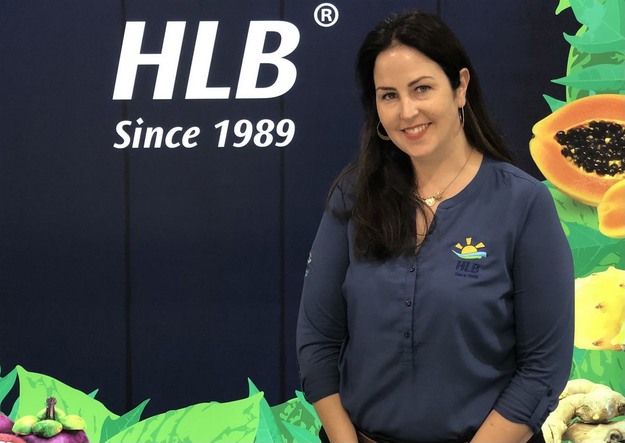
Melissa Hartmann de Barros.
Diversification
When Brazilian papayas were authorized to enter the United States, HLB decided to continue the success of the product by opening a Florida-based office in 1998. “Once again, we transformed the market by introducing Brazilian, non-GMO papayas by air to the USA and Canada. “Until today, we are still the sole representative for Caliman in the USA.” By 2008, HLB had been involved in the papaya business for 16 years.
“With weather patterns changing and competition from Mexico increasing, we felt we needed to diversify. As a result, in the mid-2000s, we started planting Formosa papayas in Mexico, which resulted in the development of the first organic Formosa papaya variety for the US and Canada for large-scale commercial trade.” Traditionally, the USA market was familiar with the Maradol papaya, a yellow, round papaya with a very distinct flavor. Formosa on the other hand, doesn’t have a musky smell and can be eaten with just 2-3 stripes of yellow. With that move, HLB strengthened their market presence in North America, and to date carries several papaya varieties, including their trademarked Samba Papaya variety.
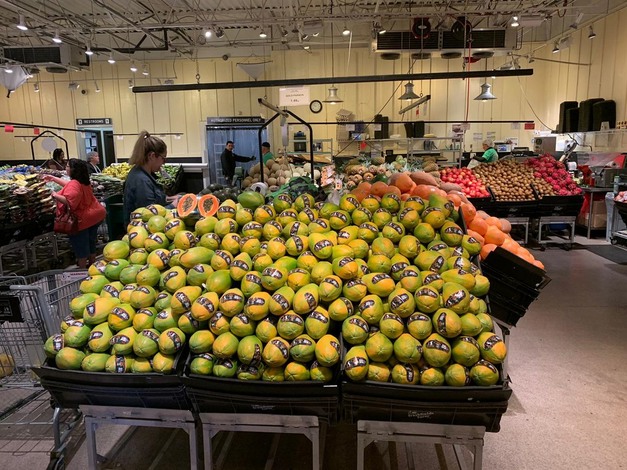
Display with Samba papayas.
By 2015, the USA company had changed its name to HLB Specialties and was introducing new items. “We pioneered the 12 oz. retail-ready rambutan clamshell presentation and to date, both HLB companies have the largest retail programs in the USA and European market,” Hartmann de Barros said.
“With our tropical background, diversifying into other tropical and exotic items turned out to be a success.” Both companies continued to expand their product line and packaging options, which now include papayas, rambutan, dragon fruit, lychee, mangosteen, guava, ginger, passion fruit, figs, physalis (goldenberries) atemoya, and more. Diversifying into other items proved to be the right decision as in 2023, the HLB Group experienced over 30 percent growth for the third year in a row. “It allowed us to solidify our position as the preferred partner in the tropical fruit business,” Hartmann de Barros commented.
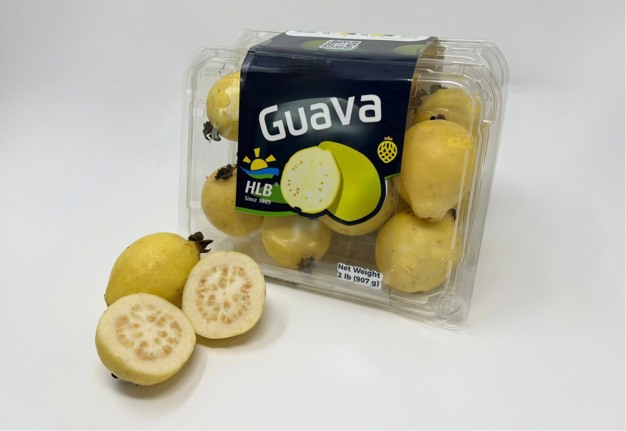
Guava in clamshell.
Relationships with growers in South America
Most tropical and exotic fruit items are sourced from Central and South America. For the past 30 years, the company has counted the Americas as their main production area, including Brazil, Peru Ecuador, Colombia, Guatemala, Honduras, Mexico, and the USA. What helped in developing relationships with growers in Central America is that Hartmann de Barros’ husband, Andrés Ocampo (now CEO of HLB Specialties), is Colombian and a native Spanish speaker. He has been involved in the company since 2003 and has been building relationships in Central America for 20 years. More recently, in the last three years, Asian and African countries were added to HLB’s pool of suppliers.
“The strong relationships we have with growers in all these different countries of origin is the basis for our success,” shared Hartmann de Barros. “Now, we carry seven different papaya varieties from four different countries. While papayas grow year-round, we have learned that it is also a very temperamental and difficult crop to grow. Even though the last two years have been very challenging for papayas, sourcing from different countries and varieties helps offset the dips in production.” A combination of diversification of products, varieties, and countries of origin has helped both HLB companies grow.
As many of these exotic items originate from Southeast Asia, how have countries in Central America been able to start growing these crops? “In the early 20th century, governments in Central America brought seeds from thriving Southeast Asian crops that were growing in similar climates. In 1925, rambutan was introduced to Lancetilla, a famous botanical garden in Honduras. For many years, the plants and fruits were tested, and small areas were developed. It wasn’t until the 1980s and 1990s when production really took off and rambutan firmly established itself in a country like Honduras. In the 21st century, commercial growth and expansion followed because of the appetite of countries with more buying power for exotic fruits. In addition to Honduras, rambutan is now also grown commercially in Guatemala and Southern Mexico.
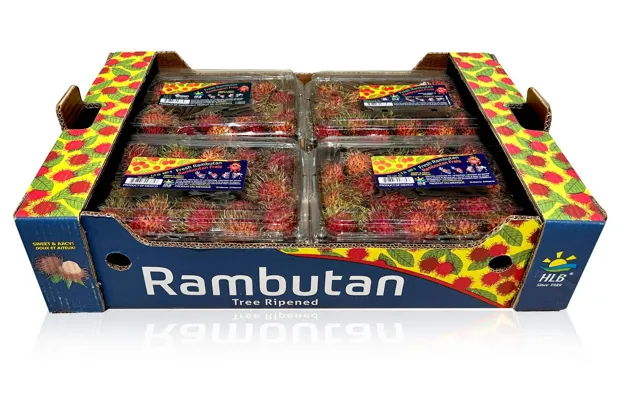
Box with Rambutan fruit.
Endless opportunities
While HLB already offers a large variety of tropicals and exotics, Central American countries grow many more exotics that are still completely unknown. “We’ve barely scratched the surface of what we can bring to consumers,” said Lorenz Hartmann de Barros, CEO of the German HLB Tropical Food GmbH company and son of the company’s founder. “Because Europe allows for the import of many more tropical fruits, we are able to receive and test out new varieties and exotics. Add to that the relationships we are building with growers in Asia and Africa and the potential is just incalculably large,” he remarked. Not only are there endless opportunities for supply, but demand also continues to increase. “It remains high and newer generations are especially open to trying new items,” Hartmann de Barros commented. Consumption of unique exotics is highest during the cold winter months, starting in October. That’s when the season of local crops in Europe and the USA slows down and imports of exotic fruits increase. It’s also when summertime in the southern hemisphere starts, and the seasons of many growing countries kick in. “We always notice that November and December are especially busy for our company in Germany,” he said. HLB enjoys being a one-stop shop for exotics and will continue to be on the lookout for new and exciting items for their customers in the USA, Canada, Europe, and Japan.
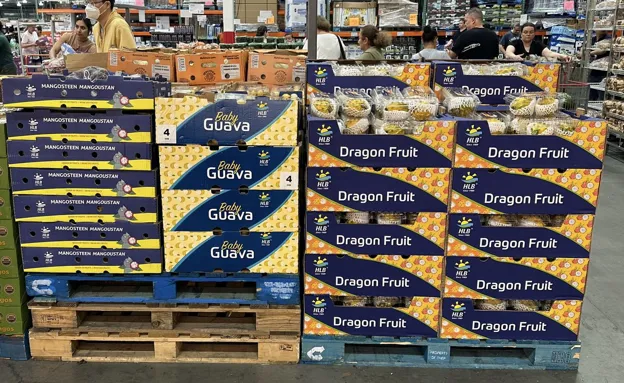
 For more information:
For more information:
Melissa Hartmann de Barros
HLB Specialties
Tel: (+1) 954-475-8808
Melissa@hlbspec.com
www.hlbspec.com

